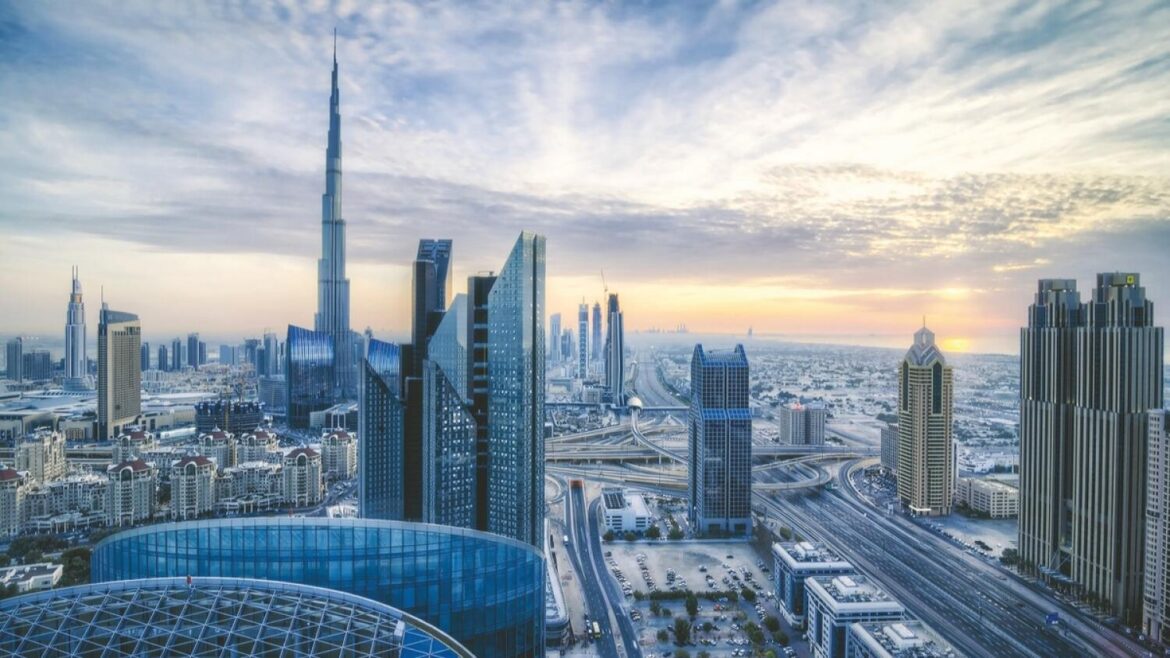Countries in the Gulf Cooperation Council (GCC) have been slowly diversifying away from the US dollar, with bilateral trade growing exponentially with other countries — most notably China and India — said a new report. The six-nation GCC’s holdings of US Treasury securities have decreased in recent years, accounting for 7 per cent of their total foreign assets, according to a study on GCC: How are petrodollars invested? — released by the Institute of International Finance (IIF) late on Tuesday.
“GCC countries have begun to slowly diversify away from the greenback as bilateral trade with other countries, most notably China and India, increases. While the US remains the most important geopolitical and military partner in the region, it has long trailed both China and the EU when it comes to trade,” said Garbis Iradian, chief economist for Mena at IIF.
“China is now the region’s largest trade partner by a wide margin. While trade is still mostly conducted in US dollars, GCC countries have slowly started to sign bilateral trade agreements that would allow them to settle trade in other currencies,” Iradian added.
Similarly, the Central Bank of the UAE and the People’s Bank of China signed an agreement to renew the currency swap in November, which has a nominal value of Dh18 billion (equivalent to 35 billion Chinese yuan). This is aimed at promoting financial and trade cooperation in the next five years. However, Iradian foresees this shift to be limited in scope as all GCC currencies are pegged to the dollar, which provides an anchor for financial stability in the region.
Dh16-trillion assets
The IIF study noted that the consolidated gross foreign assets of the six GCC countries will increase to around $4.4 trillion (Dh16.15 trillion) in 2024, supported by continued current account surpluses, which it projects at $146 billion (Dh536 billion). In comparison, the consolidated foreign liabilities of the Gulf Arab countries are much smaller at around $1 trillion (Dh3.67 trillion), leading to a net foreign assets position of $3.4 trillion (Dh12.48 trillion).
“Almost two-thirds of the gross foreign assets are managed by sovereign wealth funds (SWFs), with diversified portfolios of public equities and fixed-income securities. The other third is in the form of official reserves and foreign assets of commercial banks invested in liquid assets,” added Iradian.
The IIF said GCC’s petrodollar investments are well diversified across asset classes, with 35 per cent in equity investments, 22 per cent in bank deposits, 17 per cent in foreign direct investment abroad, 7 per cent in US Treasuries, 10 per cent in bonds, and the remaining 9 per cent in a range of less liquid investments, including non-US bonds, mergers and acquisitions, and hedge funds. By region, 65 per cent of the investments are in North America and Europe, 20 per cent in Asia Pacific, 10 per cent in other Mena countries, and 5 per cent in Sub-Saharan Africa and Latin America.


